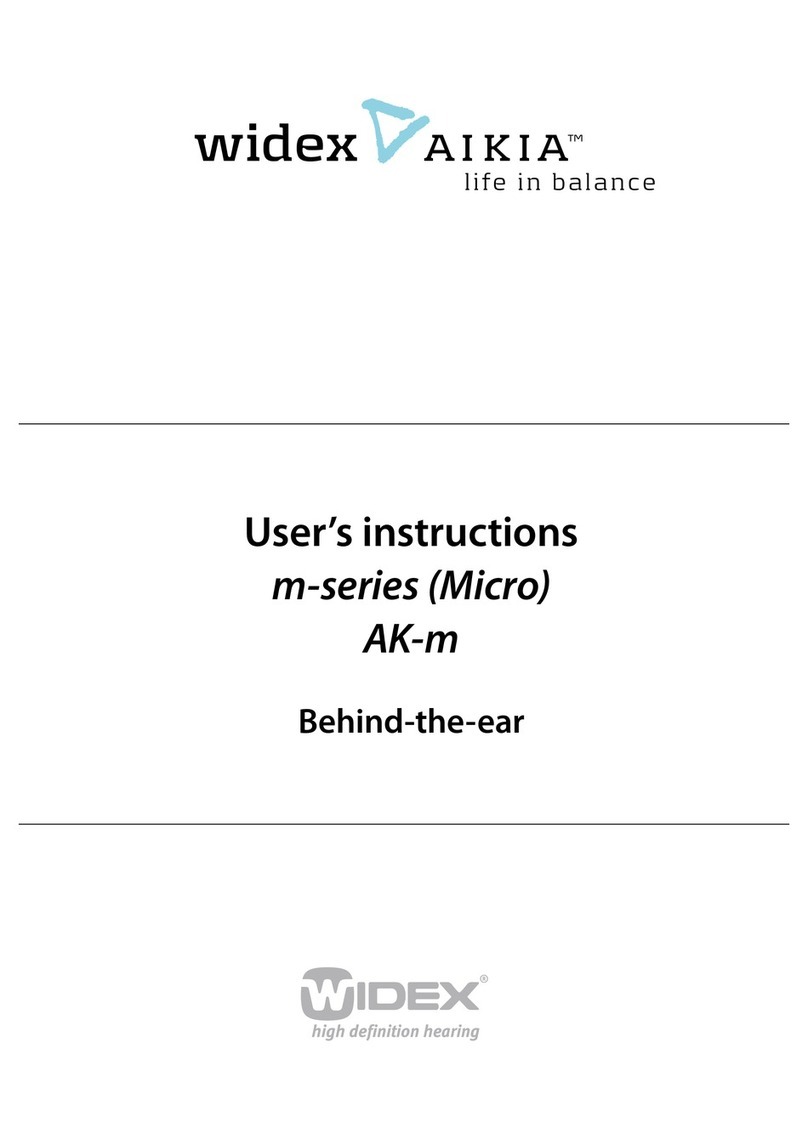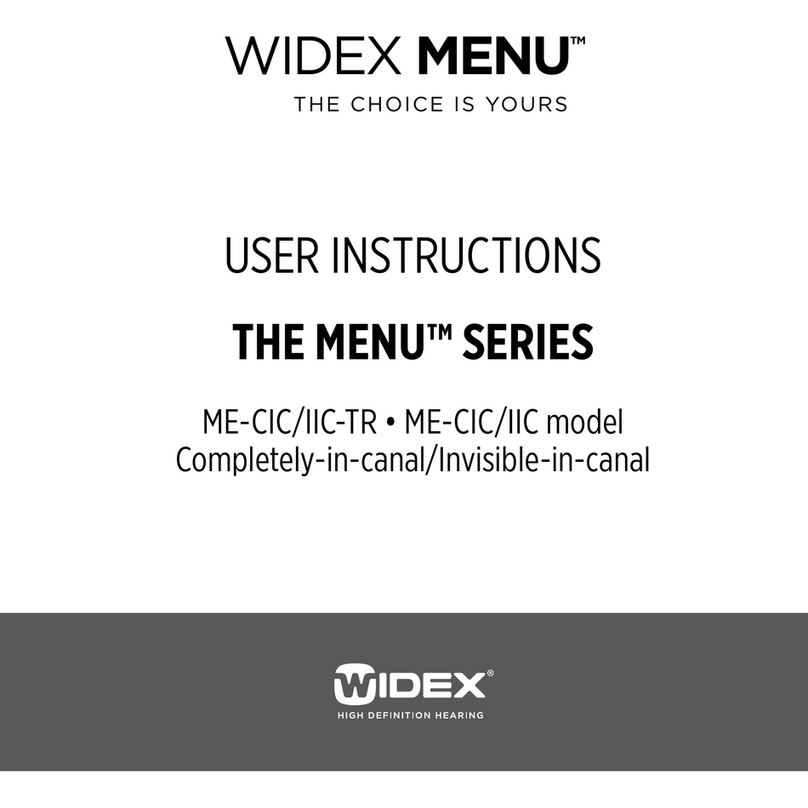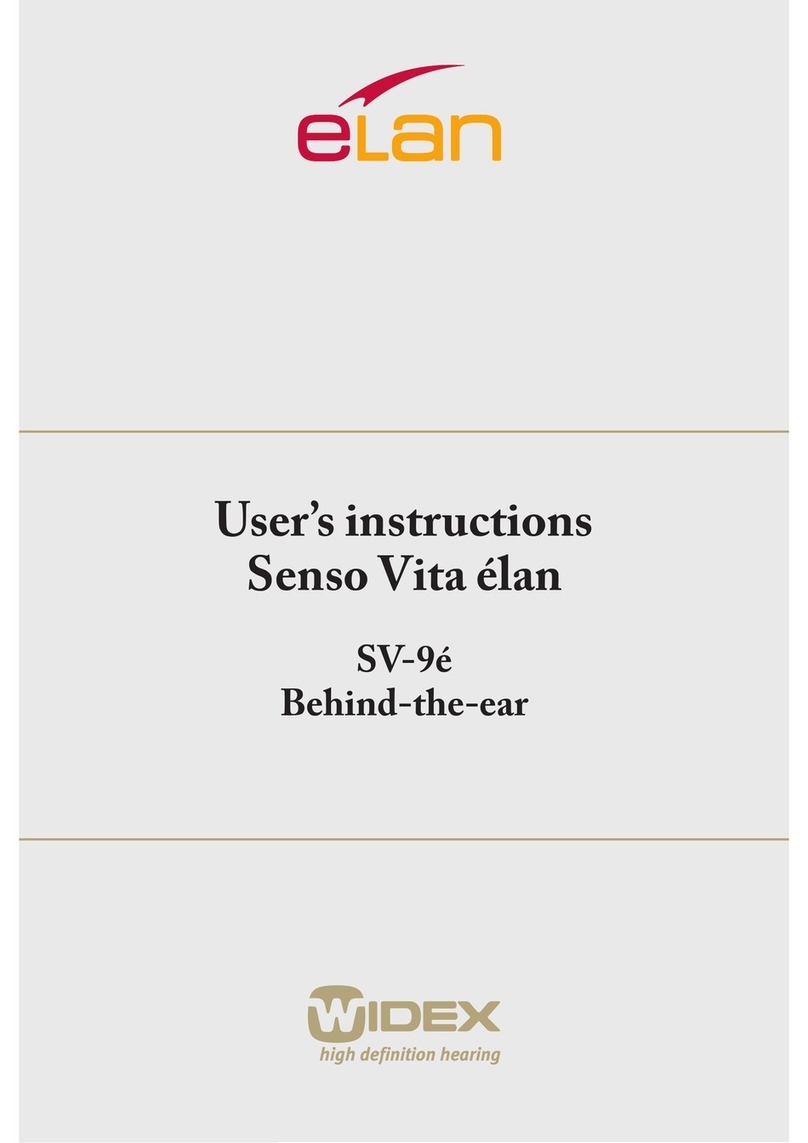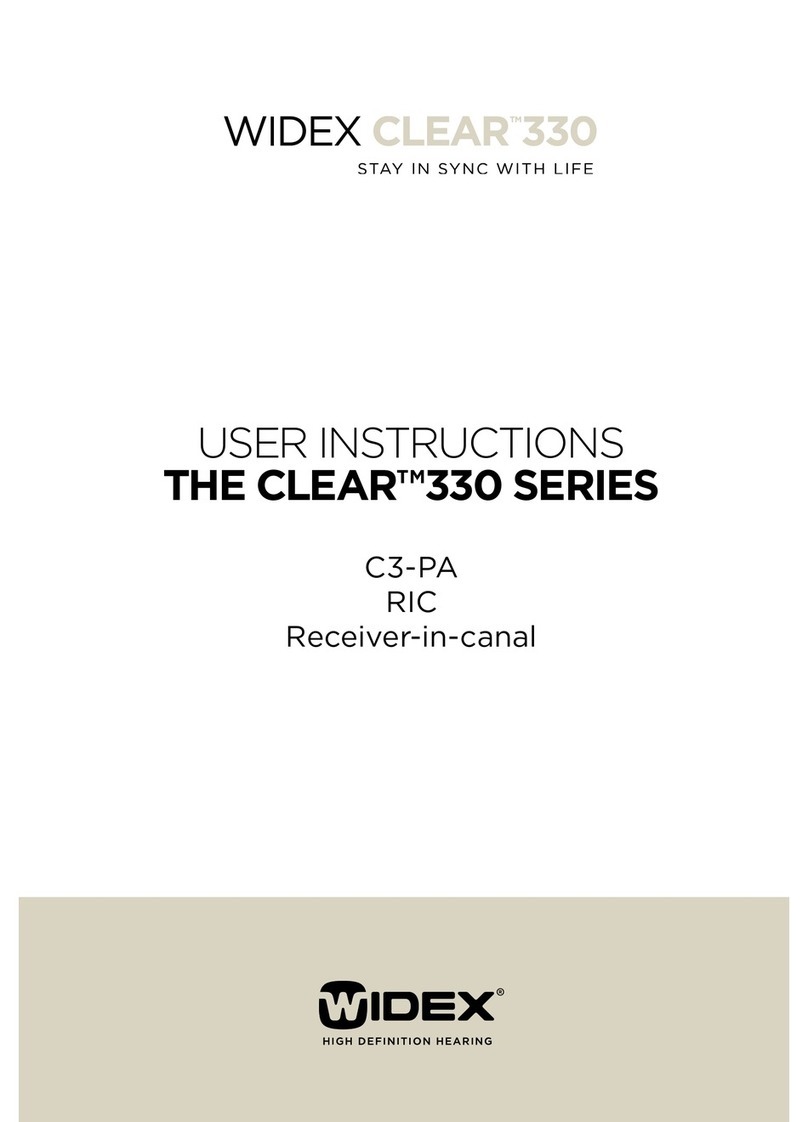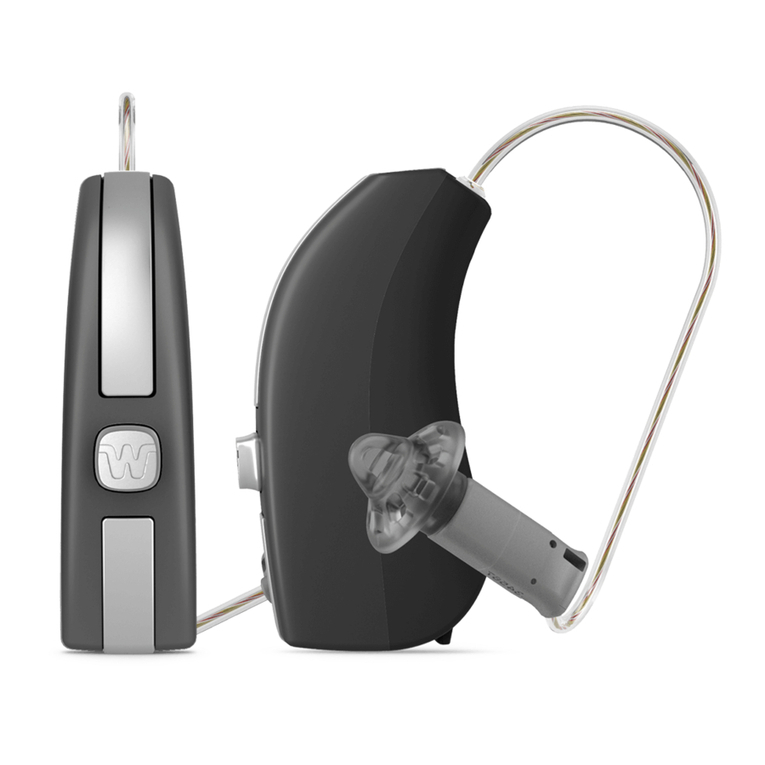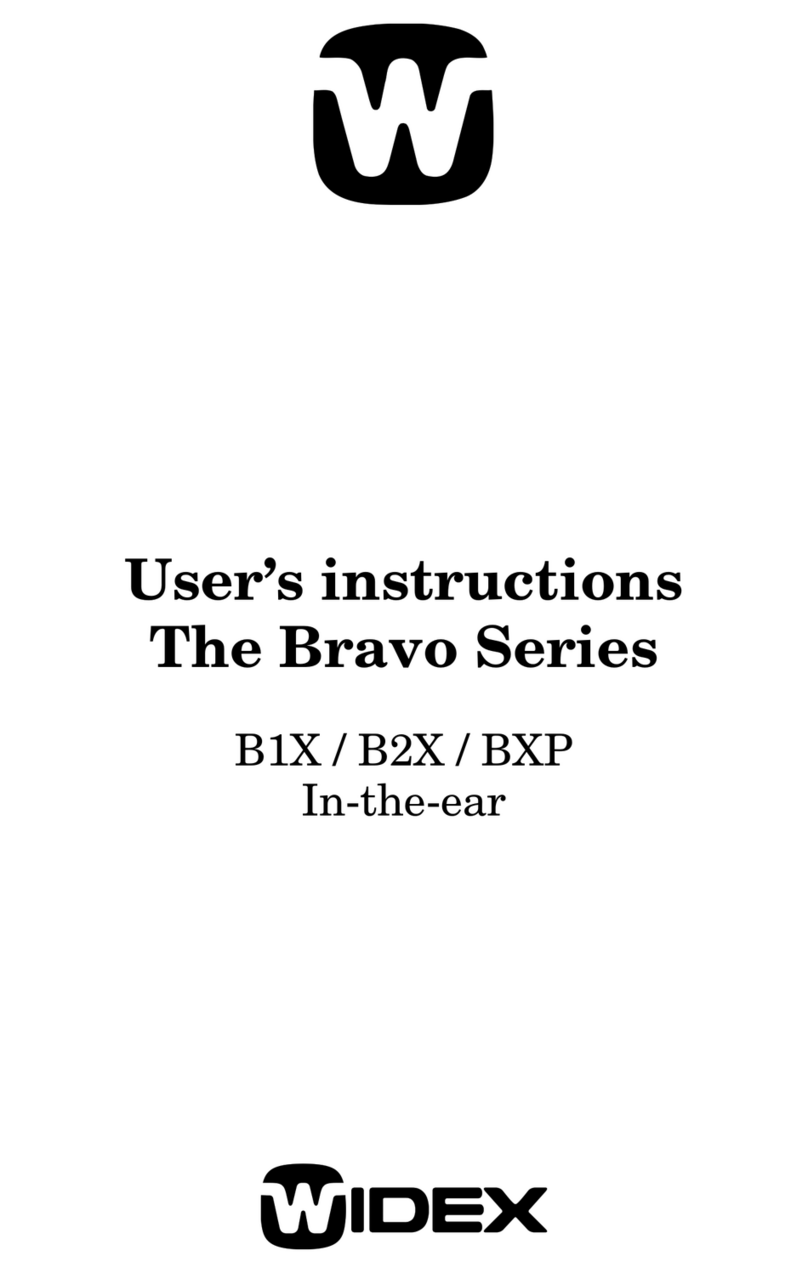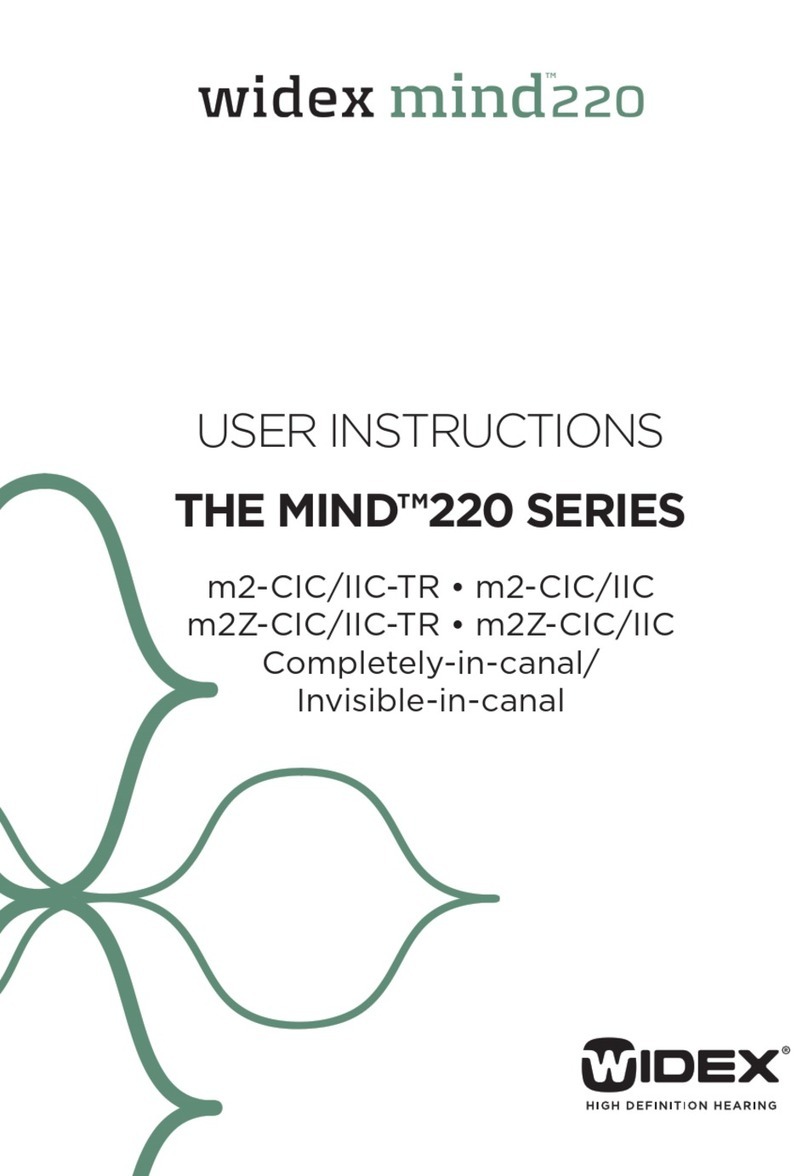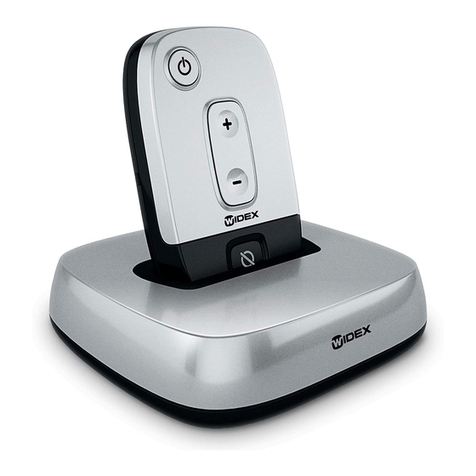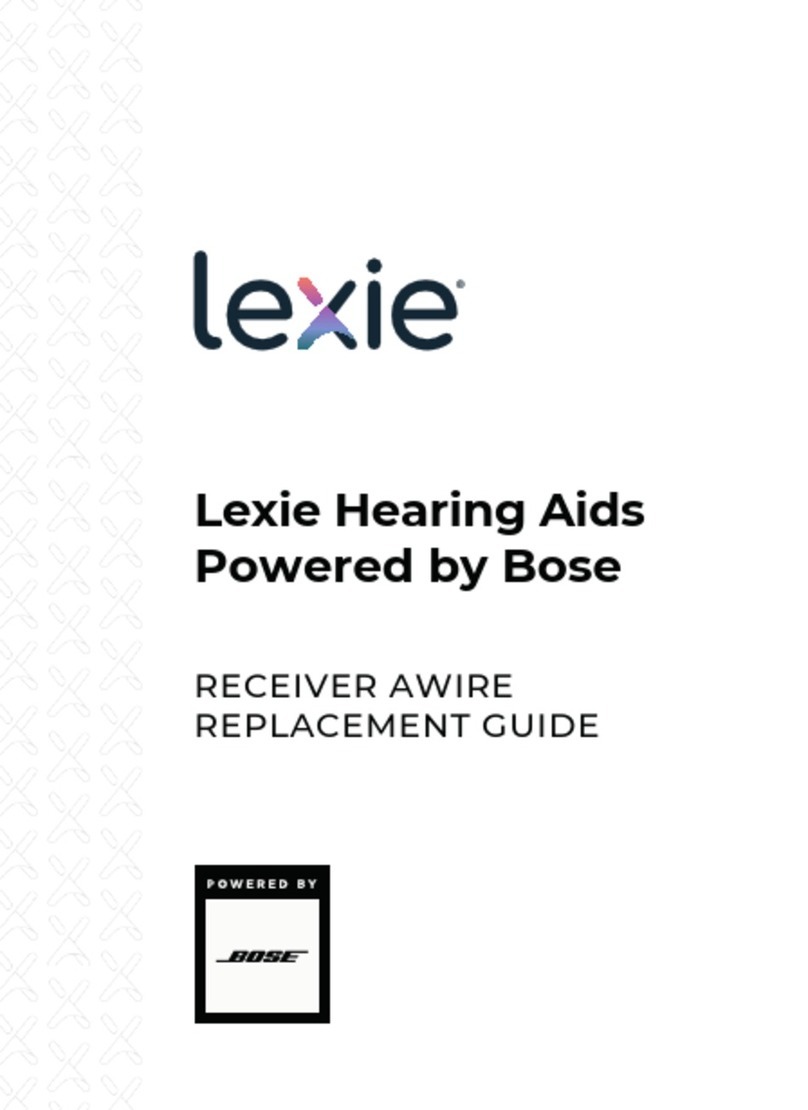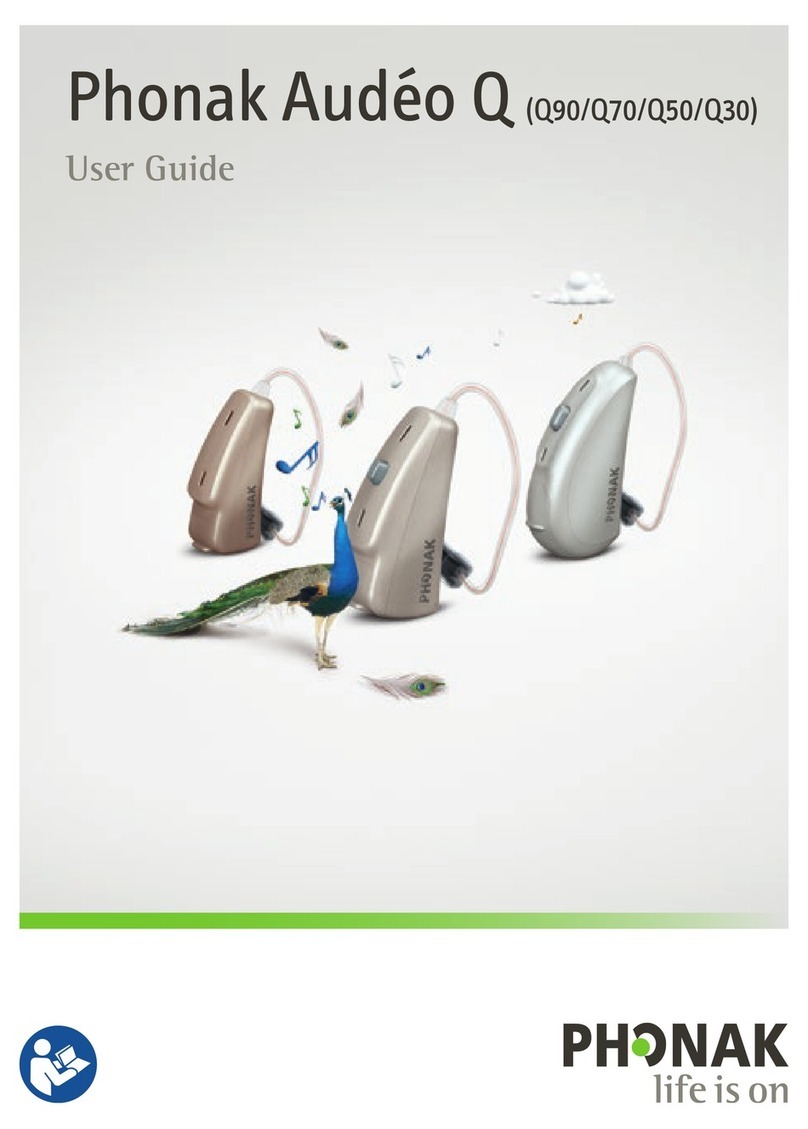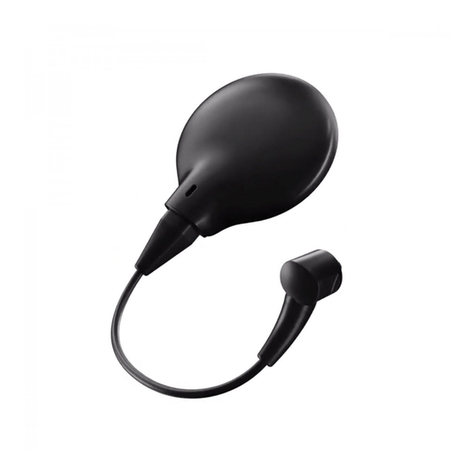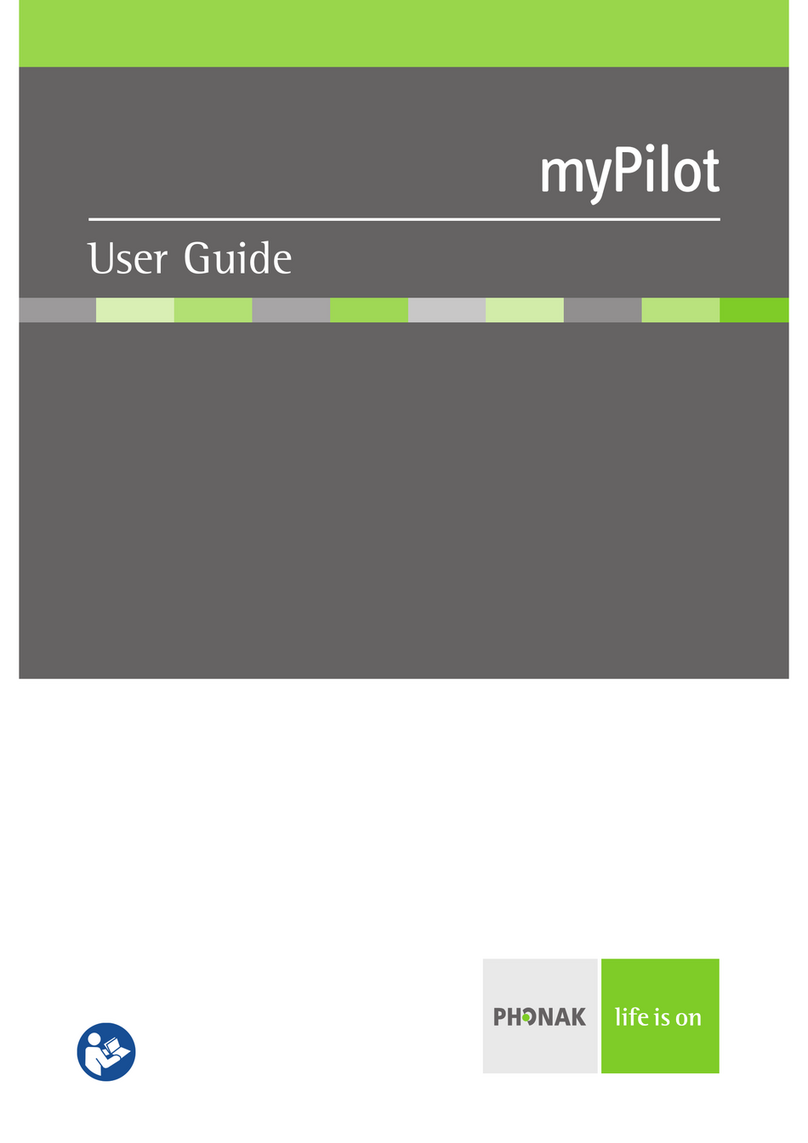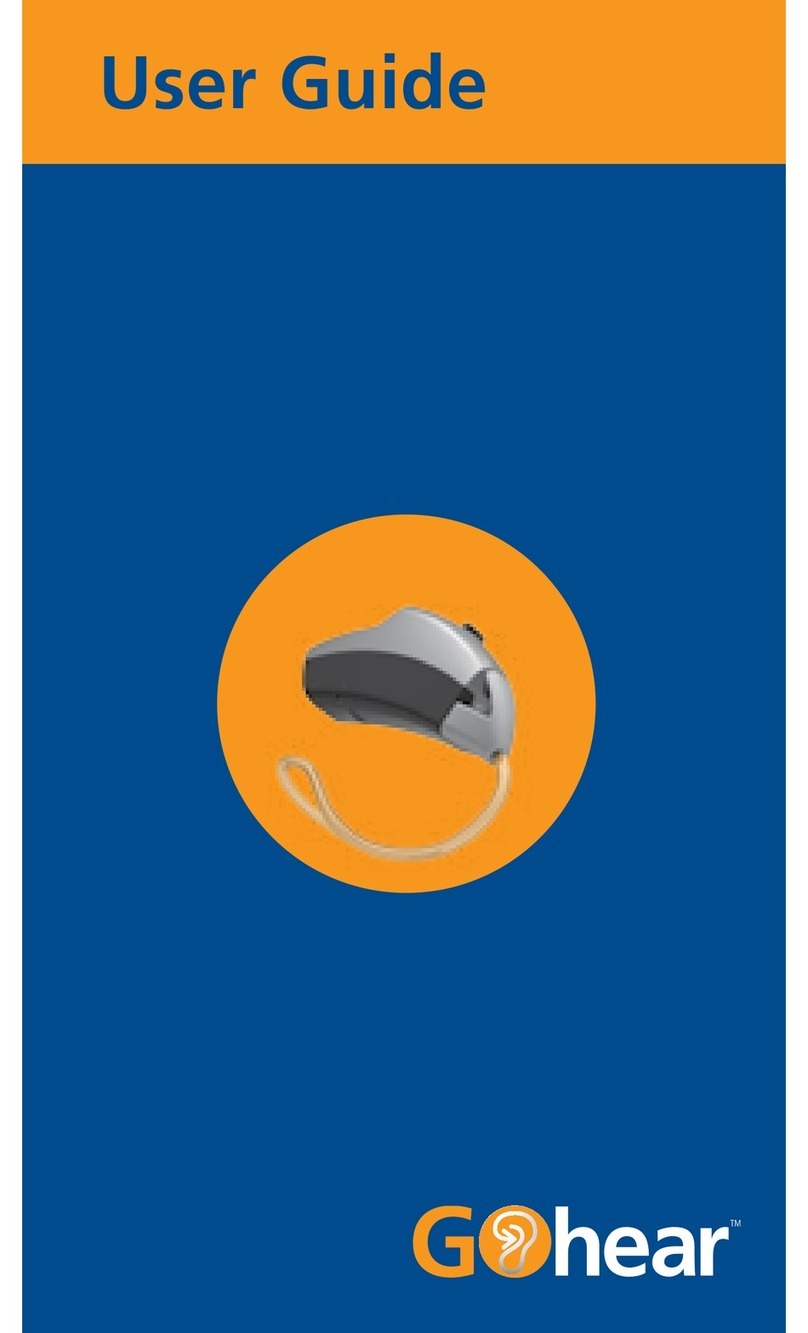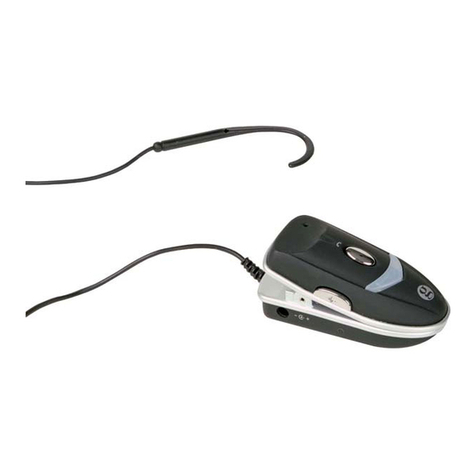4 5
General
Contents
Thank you…...........................................6
Ear-set solutions.......................................7
The hearing aid........................................8
Right/left identification................................ 9
The battery...........................................10
Inserting the battery...............................10
Removing the battery .............................12
Low battery indication.............................13
Battery drawer without a nail grip. . . . . . . . . . . . . . . . . . 14
Turning the hearing aid on and off . . . . . . . . . . . . . . . . . . . . 15
Possible start-up settings . . . . . . . . . . . . . . . . . . . . . . . . . . . . . 16
Automatic volume adjustment. . . . . . . . . . . . . . . . . . . . . . . . 16
Listening programs...................................17
Switching between the listening programs. . . . . . . . . 18
Remote control.......................................19
Using a telephone....................................19
Hearing aid with an earmould . . . . . . . . . . . . . . . . . . . . . . . . . 20
Positioning the hearing aid and earmould. . . . . . . . . . . . . 21
Removing the hearing aid and earmould . . . . . . . . . . . . . . 22
Cleaning .............................................23
The hearing aid....................................24
The microphone openings. . . . . . . . . . . . . . . . . . . . . . . . . 24
The earmould .....................................25
Changing the tubing .................................26
Hearing aid with an instant ear-tip . . . . . . . . . . . . . . . . . . . . 27
Right/left identification...............................28
Positioning the hearing aid and instant ear-tip . . . . . . . . 29
Removing the hearing aid and instant ear-tip. . . . . . . . . . 30
Cleaning .............................................31
The hearing aid....................................32
The microphone openings. . . . . . . . . . . . . . . . . . . . . . . . . 32
The ear-set ........................................32
Changing the ear-set .................................35
Assembling a new ear-set.............................36
Tubing and ear-tip size ...............................37
The anchor...........................................38
Hearing aid with a custom ear-tip . . . . . . . . . . . . . . . . . . . . . 42
Right/left identification...............................43
Positioning the hearing aid and custom ear-tip . . . . . . . . 44
Removing the hearing aid and custom ear-tip . . . . . . . . . 45
Cleaning .............................................46
The hearing aid....................................47
The microphone openings. . . . . . . . . . . . . . . . . . . . . . . . . 47
The ear-set ........................................47
Changing the tubing .................................50
Assembling a new ear-set.............................51
Tubing size...........................................52
In case of malfunction.................................53
Caring for your hearing aid . . . . . . . . . . . . . . . . . . . . . . . . . . . . 55
Your hearing aid ......................................59
